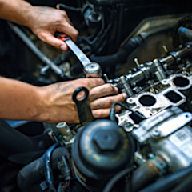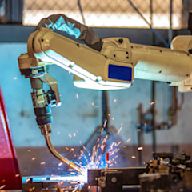Search results
May 26, 2024 · The human body is the physical substance of the human organism. Characteristic of the vertebrate form, the human body has an internal skeleton with a backbone, and, as with the mammalian form, it has hair and mammary glands. Learn more about the composition, form, and physical adaptations of the human body.
There are 12 major anatomy systems: Skeletal, Muscular, Cardiovascular, Digestive, Endocrine, Nervous, Respiratory, Immune/Lymphatic, Urinary, Female Reproductive, Male Reproductive, Integumentary. Select a system below to get started.
Learn human anatomy with names & pictures in our brief guide. Perfect for students & medical professionals to know about human body parts.
Jan 26, 2024 · The five vital organs in the human body are the brain, heart, lungs, kidneys, and liver. Other organs include the gallbladder, pancreas, and stomach. Organ systems, such as the...
The human body has four limbs (two arms and two legs), a head and a neck, which connect to the torso. The body's shape is determined by a strong skeleton made of bone and cartilage, surrounded by fat (adipose tissue), muscle, connective tissue, organs, and other structures.
Jun 20, 2023 · Learn more about these body parts in the circulatory system: heart. lungs. brain. kidneys. Respiratory system. Every tissue within the body requires oxygen to function. The respiratory system,...
Nov 3, 2023 · There are two parts of the skeleton; axial and appendicular. The axial skeleton consists of the bones of the head and trunk. The appendicular skeleton consists of the bones within the limbs, as well as supporting pectoral and pelvic girdles. There are 206 bones in an adult human body.


























